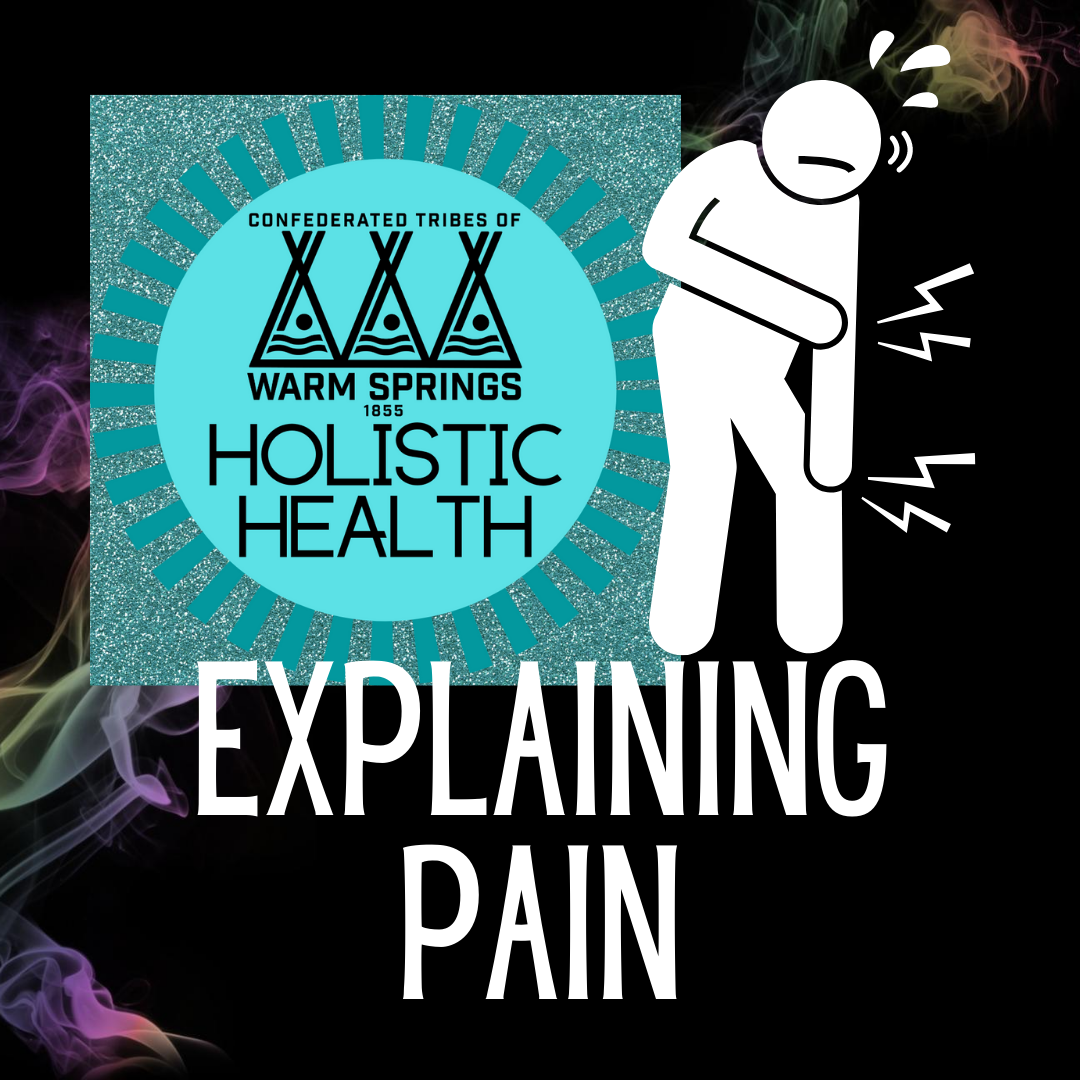By Alicia Oberholzer DPT OCS
The human body comes equipped with a living alarm system composed of 45 miles of interconnected nerves. The nerves are constantly alert and buzzing with electricity, armed to keep us safe. When an injury occurs, such as touching a hot stove, the alarm system is tripped. The nervous system fires a message that travels from your hand, to your spinal cord, up to your brain telling you to move your hand immediately. Pain is not a bad thing, as it is normal and necessary to keep us safe.
Immediately following an injury, the human alarm system is on high alert. This extra sensitivity, commonly felt as lingering pain, should ideally diminish over time. However, research has indicated that in 25% of individuals, the alarm system does not return to it’s previous resting level. Instead, the nerves remain extra sensitive. If the pain lasts for more than three months, it is termed as chronic.
For individuals with chronic pain, activities and experiences that used to be well tolerated begin to cause pain. Research has shown that pain thresholds can be further affected by factors such as life stress, extreme temperatures, poor sleep, or illness.
Example: Sally broke her wrist when she slipped and fell on the ice. Her x-ray showed good healing within months. Six years later, Sally continues to experience wrist pain, especially when it is cold outside. When she is chilly, even small movements or light chores are painful. In this case, even though the fracture has healed, her nerves are still sensitive. Her nervous system continues to be on high alert from the trauma of her old injury. It now takes less stimulus to trigger the alarm system and send a “danger” signal through the nervous system for the brain to interpret as pain.
Chronic pain is unique, individual, and very real. It can be exhausting, frustrating, and life changing. The good news is that new research indicates that there is hope for desensitizing sensitive nervous systems. Encouraging results have been found using pain management programs composed of graded movement progressions, aerobic exercise, sleep hygiene, nutrition, meditation, acupuncture, and manual therapy.
If you are struggling with chronic pain, Warm Springs Holistic Health is here to help. If you are interested in learning new strategies to help improve your activity tolerance and quality of life, ask your medical doctor if a referral is appropriate for you.


